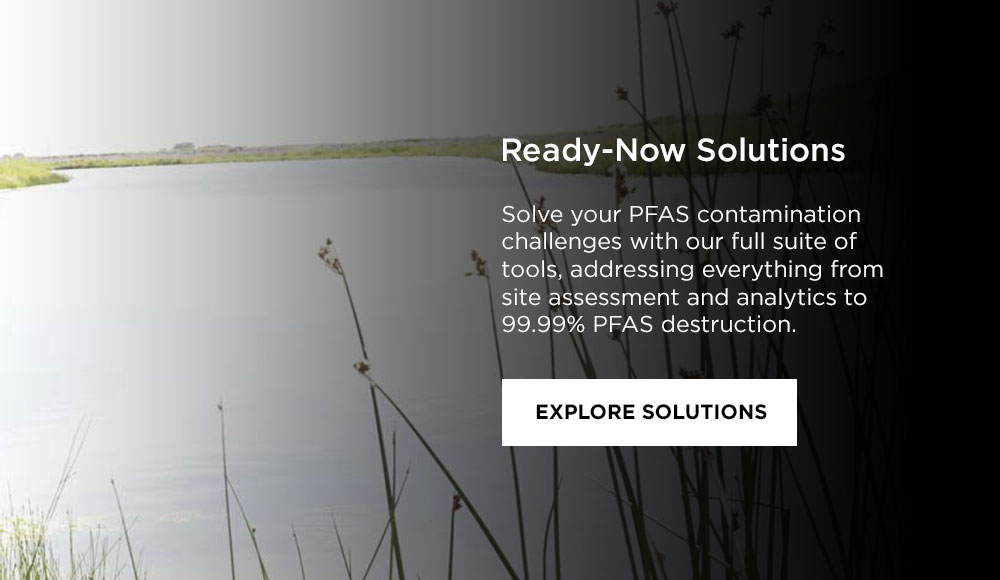Why You Should Care About PFAS

There are two sides to every coin, and the same can be said of chemicals. The same chemicals that offer improvements in our daily lives – think: that coating put on your frying pan to keep food from sticking or the foam used by firefighters to help extinguish a fire quickly – also can have harmful effects.
PFAS (per- and polyfluoroalkyl substances) have been used in a variety of industrial, agricultural, military and commercial product applications, including firefighting foams, stain- or water-repellant fabric coatings and non-stick cookware. But the same properties that made them attractive for these uses also make them a persistent pollutant in the environment.
Why You Should Care
1. Some are still in use.
When you have something that works, it can be difficult to make a change – especially when consumers have come to expect certain standards.
There are more than 100 known PFAS compounds. The long-chain versions of the compounds – like PFOA (perfluorooctanoic acid) – have been phased out in recent years, thanks to the U.S. EPA Stewardship Program.
With the decrease in production and use of long-chain PFAS, manufacturers have developed alternatives that include fluorinated and non-fluorinated chemicals, as well as replacement technologies. But questions remain whether the performance effectiveness of some of these chemicals are equivalent to their predecessors.
2. They are considered an environmental contaminant.
Regulatory agencies worldwide are concerned with PFAS releases and the related environmental and health impacts. PFAS have been found in groundwater in communities surrounding military bases where firefighting foams were used in training exercises. Emerging research on their toxicity and environmental persistence has raised new concerns about PFAS exposure in these communities.
PFAS are often characterized as “persistent” since they are extremely resistant to typical environmental degradation processes. Some do not hydrolyze, photolyze or biodegrade under environmental conditions, resulting in prolonged human exposure.
Some studies in humans have suggested that PFAS may affect the development of fetuses and young children, leading to possible growth, learning or behavioral problems. Other studies have pointed to possible links to cancer, immune system disorders and fertility problems
3. Commercially available testing methods don’t always detect them.
Commercial labs currently can only detect 20 to 30 of these PFAS compounds, and standards are unavailable for several of the compounds.

A New Path Forward
Greater accuracy and reproducibility will allow researchers to better monitor PFAS levels over time and measure the efficacy of remediation efforts. It will also provide accurate data to facilitate source attribution and analyze fate and transport in the environment.
Battelle researchers have developed and are validating Liquid Chromatography Tandem Mass Spectrometry (LC/MS/MS) methods to analyze for the larger suite of compounds while also aiming to reduce incidents of cross-contamination, improve reproducibility of results and improve detection limits. We have internally demonstrated the efficacy of the methods developed for water and sediment matrices and conducted tests to determine method detection limits (MDLs) for targeted analytes. Future studies will validate methods and set MDLs for tissue matrices.
Our analytical lab in Norwell, Massachusetts uses validated methods that are based on EPA Method 537.1 and is accredited for PFAS detection in soil, sediment and water, according to DoD QSM version 5.1.
BATTELLE UPDATES
Receive updates from Battelle for an all-access pass to the incredible work of Battelle researchers.